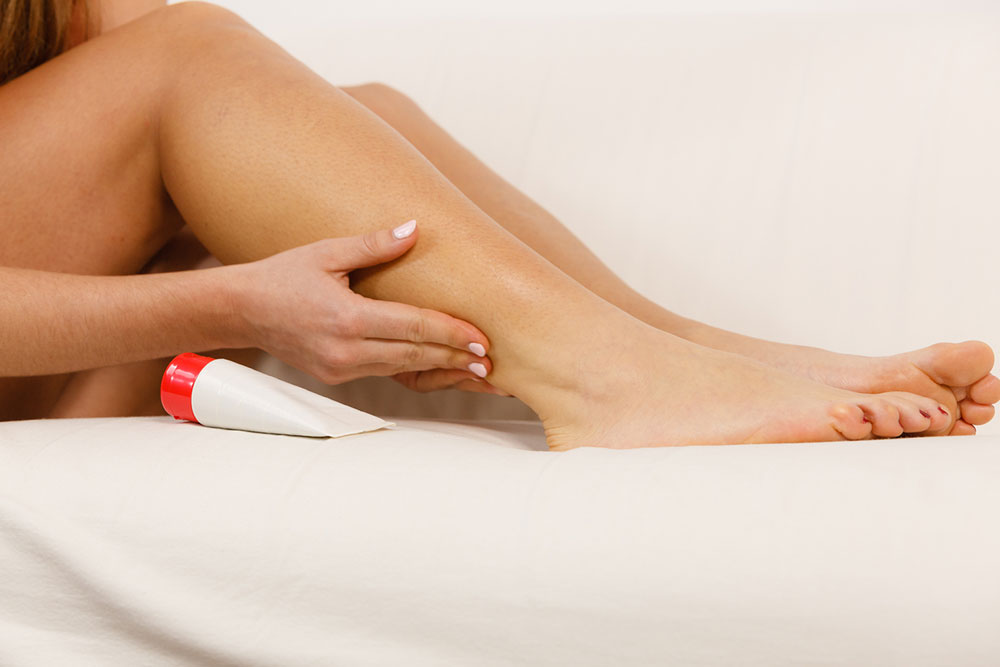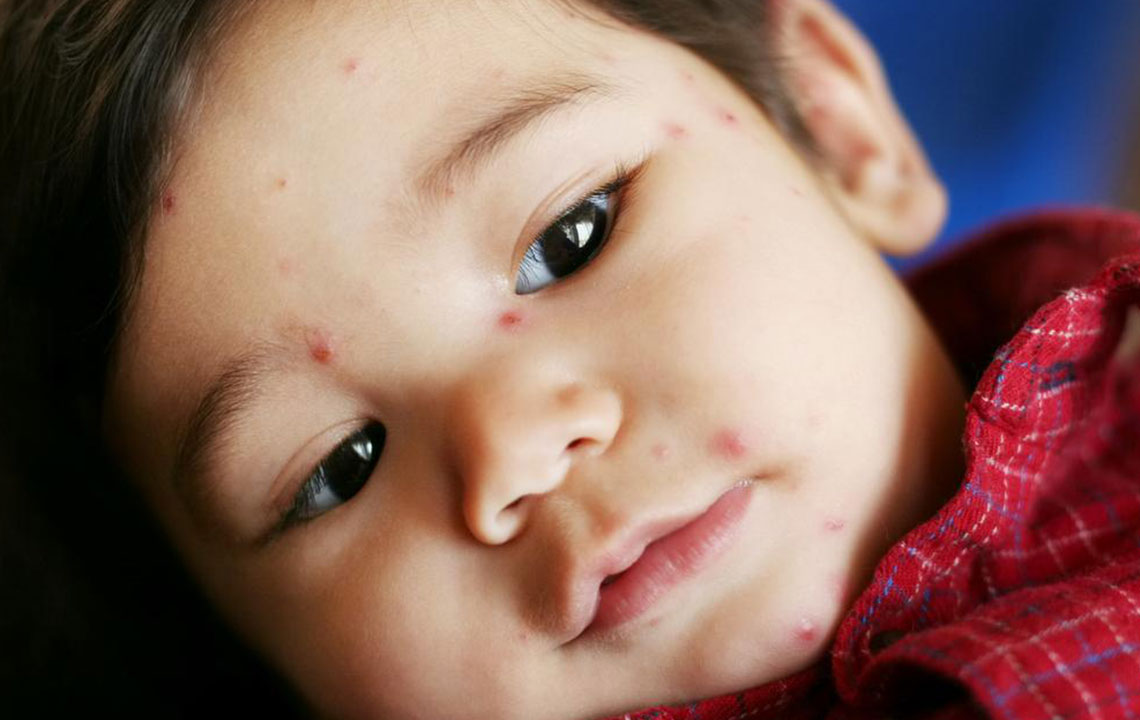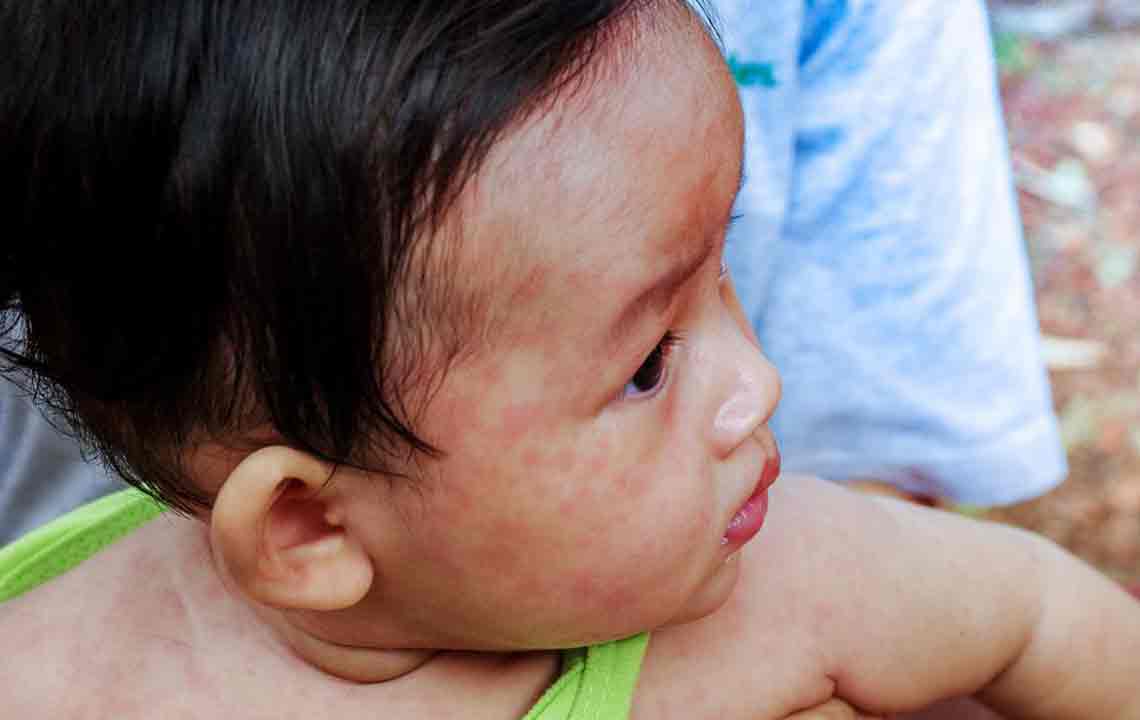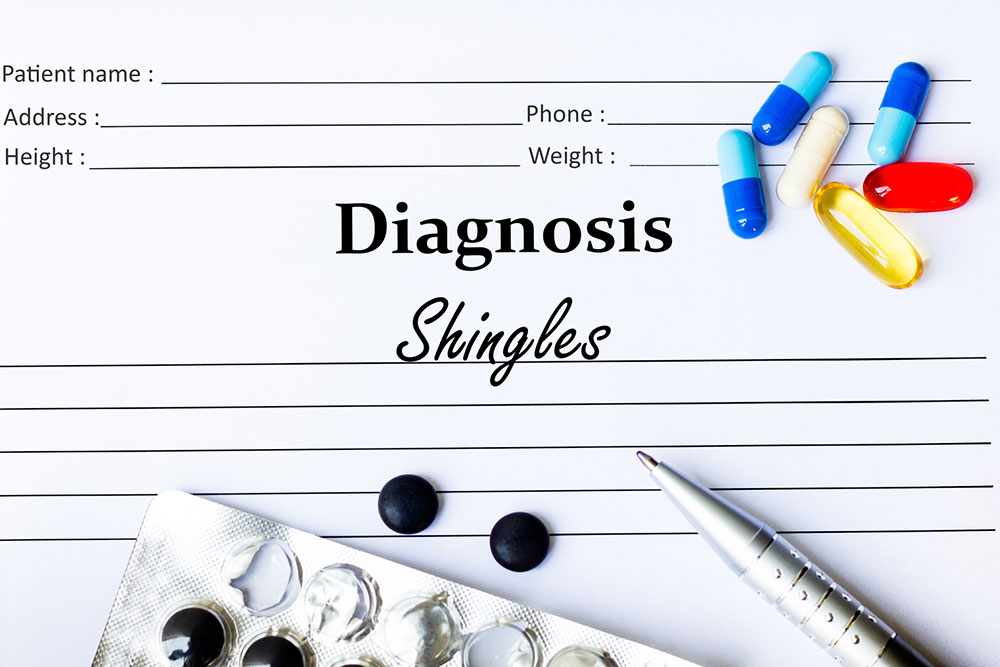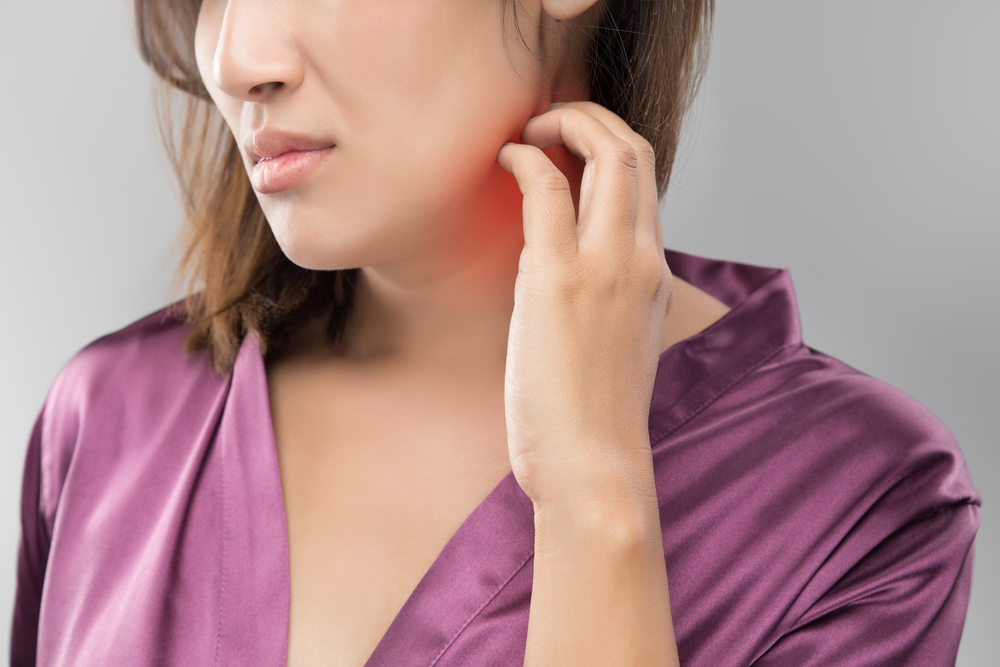Understanding Shingles: Causes, Symptoms, and Effective Treatments
This article offers a comprehensive overview of shingles, including its causes, symptoms, risk factors, and treatment options. It highlights the importance of early detection through rash images and discusses home remedies and vaccines. Designed for those over fifty and immunocompromised individuals, it emphasizes vaccination and self-care strategies to manage and prevent shingles effectively.
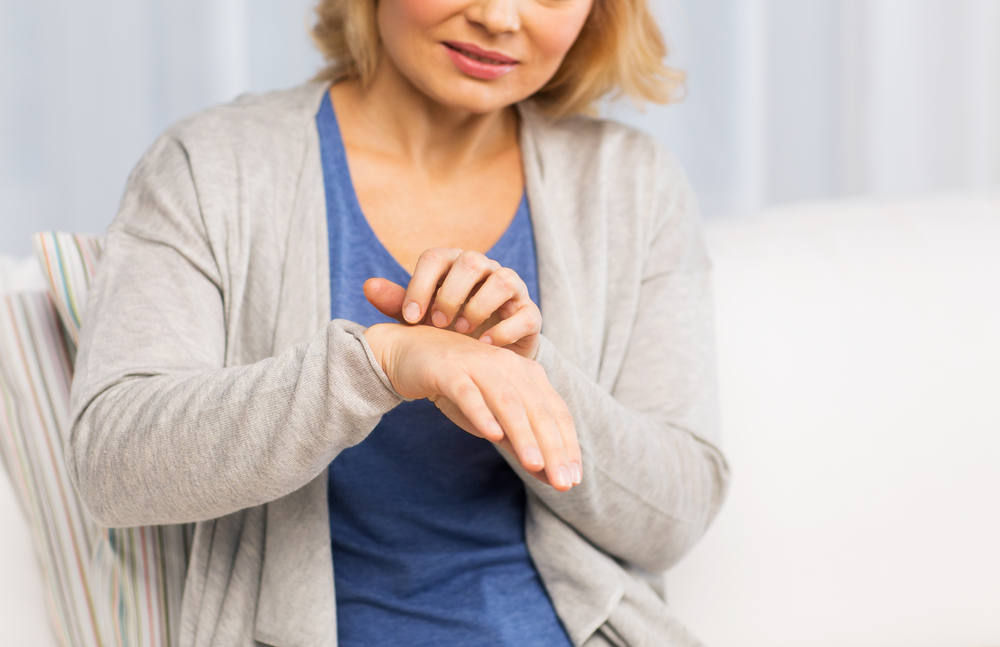
Understanding Shingles: Causes, Symptoms, and Effective Treatments
Understanding shingles: causes, signs, and treatment options
Approximately one-third of individuals will experience shingles at some point in their lives. If left untreated, the condition can lead to serious health issues. A strong immune system is crucial in controlling symptoms. Continue reading to learn about the causes, early indicators, and common approaches to managing shingles.
Risk factors associated with shingles
Older adults over age fifty who previously had chickenpox are at higher risk.
Conditions that weaken the immune system, such as certain illnesses, increase susceptibility.
Cancer treatments like chemotherapy and radiation can reduce resistance and trigger outbreaks.
Organ transplant recipients often take immunosuppressants, which raise shingles risk when used long-term.
The varicella-zoster virus, responsible for chickenpox, remains dormant but can reactivate later, causing shingles.
Note that while shingles itself isn't contagious, the virus can infect people who haven't had chickenpox. Maintaining distance helps prevent transmission.
Identifying shingles symptoms through rash images
Early signs include fever and headaches, common in many illnesses.
Notable signs include rashes and blisters, which can be compared to images to assess severity.
Images of shingles rashes can help determine the stage and severity of the disease.
Development of painful, pus-filled blisters on one side of the torso indicates a need for immediate medical attention.
Persistent itching and discomfort may last for weeks.
Online resources with rash photos assist in identifying affected areas and severity.
Home remedies and self-care for shingles
Regular cleaning with lukewarm baths helps reduce infection spread and removes crusted fluids.
Using cold compresses can soothe nerves, but avoid direct ice to prevent sensitivity.
Natural remedies like melatonin, oregano oil, lemon balm, and green tea may alleviate pain and support immune health.
A balanced diet boosts immunity and helps manage symptoms.
Tracking rash progress with images can monitor improvements during treatment.
Available treatment options for shingles
Treatment varies based on severity and stage of the disease.
Consulting rash images helps recognize early symptoms and progression.
Vaccines and specialist care are essential since shingles currently has no cure.
Research is ongoing to develop new vaccines that extend protection beyond five years.
Vaccination is especially recommended for those over 60 to reduce pain and recurrence.

